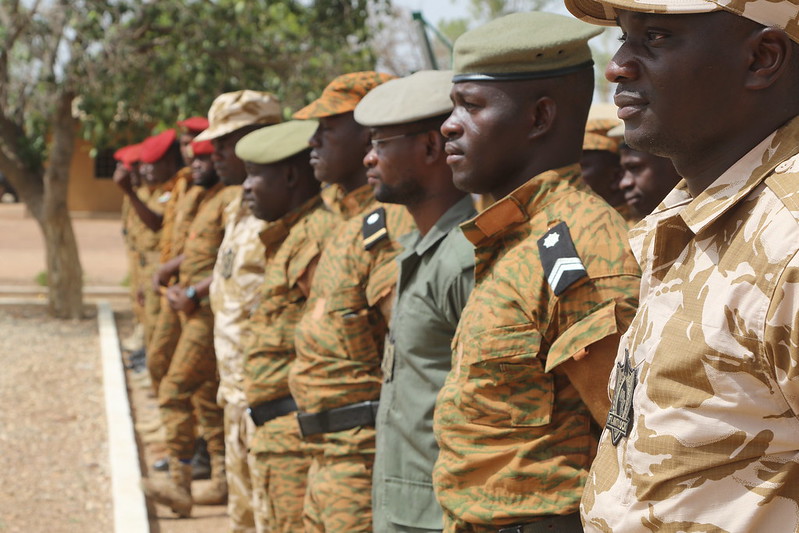
Over the last couple of years, the crisis of displacement in Burkina Faso, a small country in western Africa, has become the most pressing refugee situation on Earth. Violence and lack of resources have forced many into displacement and extreme poverty.
Astronomical Growth of the Crisis
The Displacement in Burkina Faso has been called the current fastest growing crisis of its kind—for the last two years, attacks carried out by armed groups have ravaged villages, causing hundreds of thousands of people to flee their homes. Since January of 2019, the number of people displaced in Burkina Faso, which has a total population of 18.6 million, has risen from 50,000 to around 920,000 as of July 2020. The United Nations has recognized that this is the fastest growing population of displaced people on the planet and that activists need to put their resources to work in Burkina Faso as quickly as possible.
Stable But Struggling Economy
Burkina Faso’s people do not benefit from its relatively stable macroeconomic status—Burkina Faso’s economy relies primarily upon agriculture, and though this sector has seen a decline, the rising service sector has allowed the country’s GDP growth to remain 6% in 2019. Yet, Burkina Faso’s people remain largely impoverished: over 40% of its population lives below the poverty line.
The displacement crisis, of course, has not helped the matter. It has caused over 2,000 schools to close, among other major losses in massive fields like medicine. 11,000 teachers felt the impact of this mass closing, and around 300,000 students found themselves without an education.
Lack of Governmental Regulation
Authorities do not know the extent of the situation—the armed groups terrorizing Burkina Faso, some linked with the Islamic State and al-Qaeda, have caused the administrative presence in the northern and eastern regions of the country to virtually disappear. Official regulation throughout the nation has deteriorated as a result. Police and other representatives of the state have fled these areas, which have unofficially fallen to terrorist control.
Moreover, the administration of Burkina Faso has resorted to execution without trial; 60 such executions occurred in 2019 alone. These circumstances make it difficult to say exactly how many lives have been affected by this crisis.
Humanitarian Organizations Strain to Help
The International Organization for Migration (IOM) and other humanitarian organizations need major funding to solve this issue: In response to the massive spread of displacement in Burkina Faso, IOM has begun a project to provide shelter and other resources to displaced people. Through their efforts, IOM delivered on its promise to more than 3,000 people in Burkina Faso. IOM also managed to provide psychological care for over 5,000 displaced people.
However, most of all, IOM needs outside funding to expand the scope of its aid. In June of 2020, IOM appealed for $37.8 million, hoping to extend aid to 460,000 displaced people in Burkina Faso and other neighboring countries.
Displacement and COVID-19
Burkina Faso needs aid for its COVID-19 response as well. The pandemic and displacement in Burkina Faso have created a dual-threat situation for the nation’s people. However, officials at IMO warn that both issues require the world’s attention. Neither of the relief efforts should suffer for the other’s sake—the rise of one issue inevitably worsens the other.
IMO has dedicated itself to solving both problems. They have provided medical supplies and raised awareness, helping over 3,282 displaced people become more aware of the pandemic situation.
Burkina Faso faces an issue that perhaps lies outside the bounds of what its government can overcome alone. Humanitarian agents around the globe need to immediately provide resources in order to alleviate the suffering in this once prosperous nation by helping it fight COVID-19 and its growing displacement crisis.
– Will Sikich
Photo: Flickr
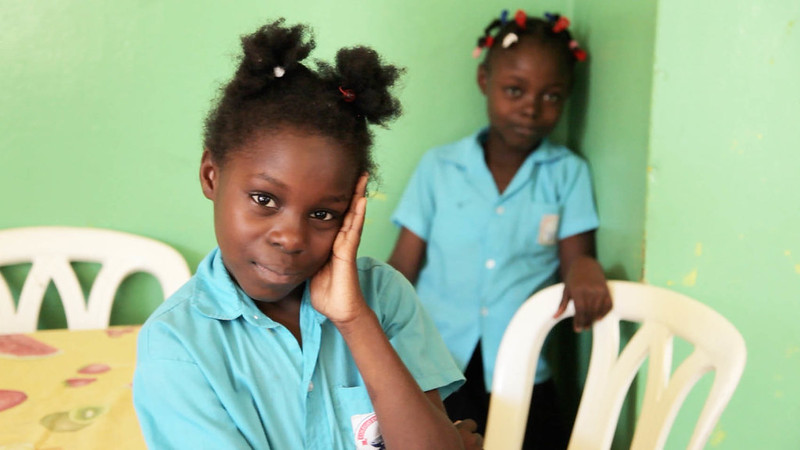
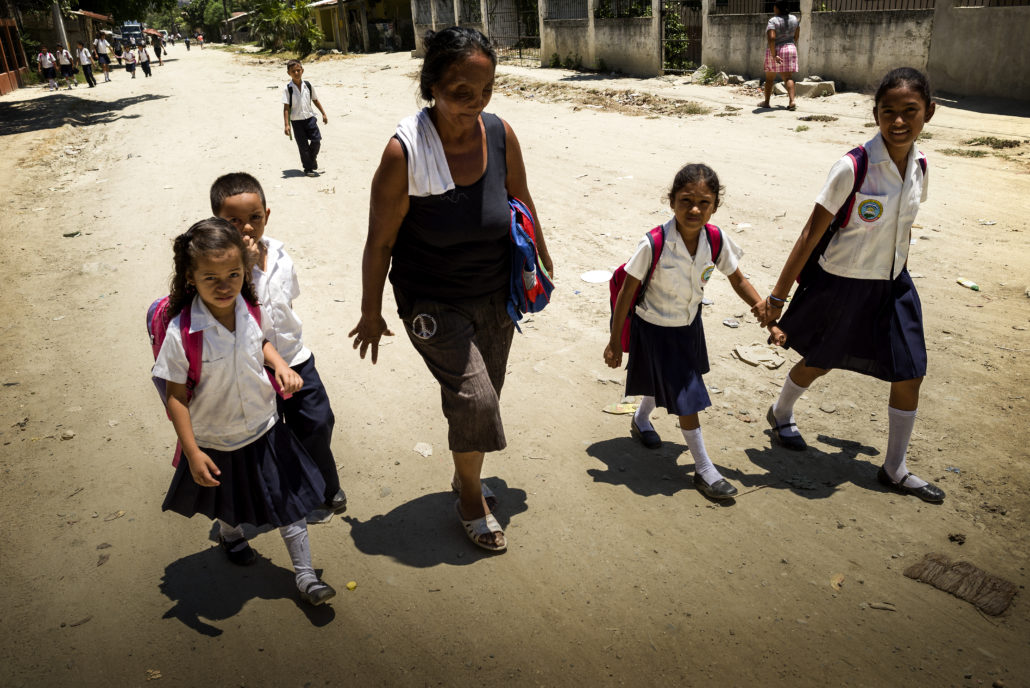
 The Democratic Republic of the Congo declared a measles outbreak in June 2019. Since then,
The Democratic Republic of the Congo declared a measles outbreak in June 2019. Since then, 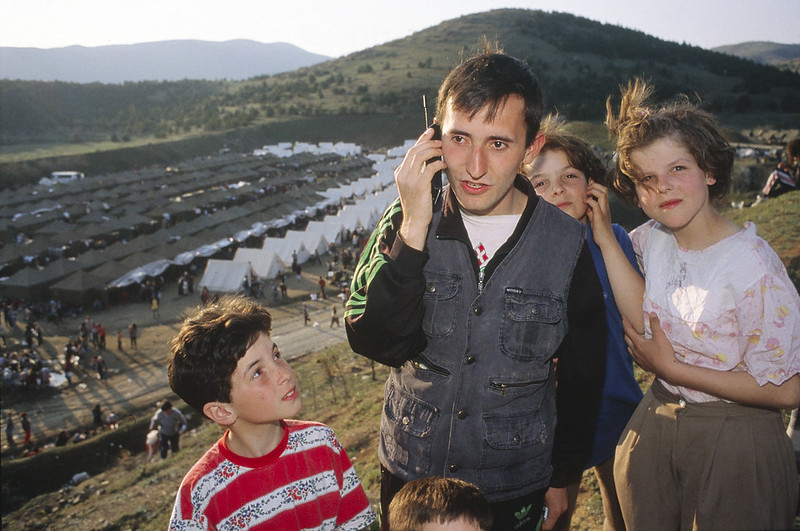 As of last year, there were
As of last year, there were 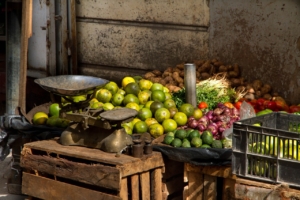 Kenya’s 48.5 million people have chronically suffered poverty because of rampant
Kenya’s 48.5 million people have chronically suffered poverty because of rampant 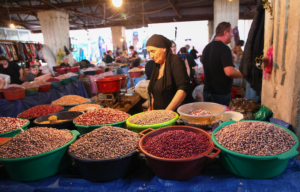 Located in the Caucasus Mountains of Eastern Europe, Georgia is a transcontinental country in Asia and Europe, where 15.6% of the population lives below the poverty line. While the people of Georgia receive enough food, some suffer from stunted growth and undernourishment due to the quality of their diet, leading to hidden hunger in Georgia.
Located in the Caucasus Mountains of Eastern Europe, Georgia is a transcontinental country in Asia and Europe, where 15.6% of the population lives below the poverty line. While the people of Georgia receive enough food, some suffer from stunted growth and undernourishment due to the quality of their diet, leading to hidden hunger in Georgia.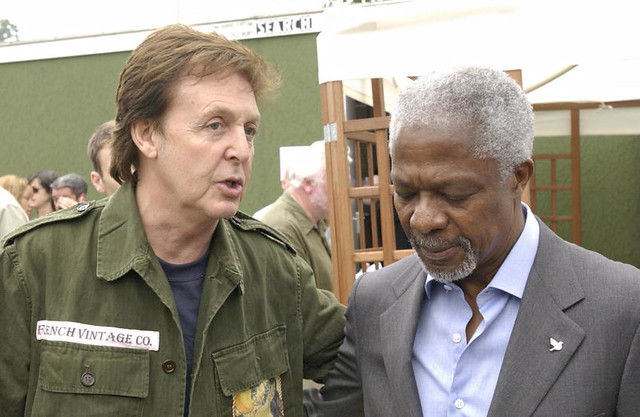

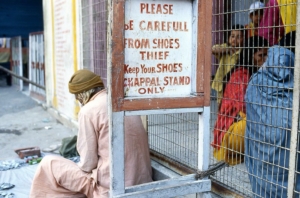 Many American celebrities are donating their money and time to American charities during this pandemic, but actress Priyanka Chopra Jonas and her husband, singer-songwriter Nick Jonas, are taking it one step further. They have recently joined forces with the shoe brand Crocs and are donating 10,000 shoes to both healthcare workers in California and healthcare workers in India.
Many American celebrities are donating their money and time to American charities during this pandemic, but actress Priyanka Chopra Jonas and her husband, singer-songwriter Nick Jonas, are taking it one step further. They have recently joined forces with the shoe brand Crocs and are donating 10,000 shoes to both healthcare workers in California and healthcare workers in India.